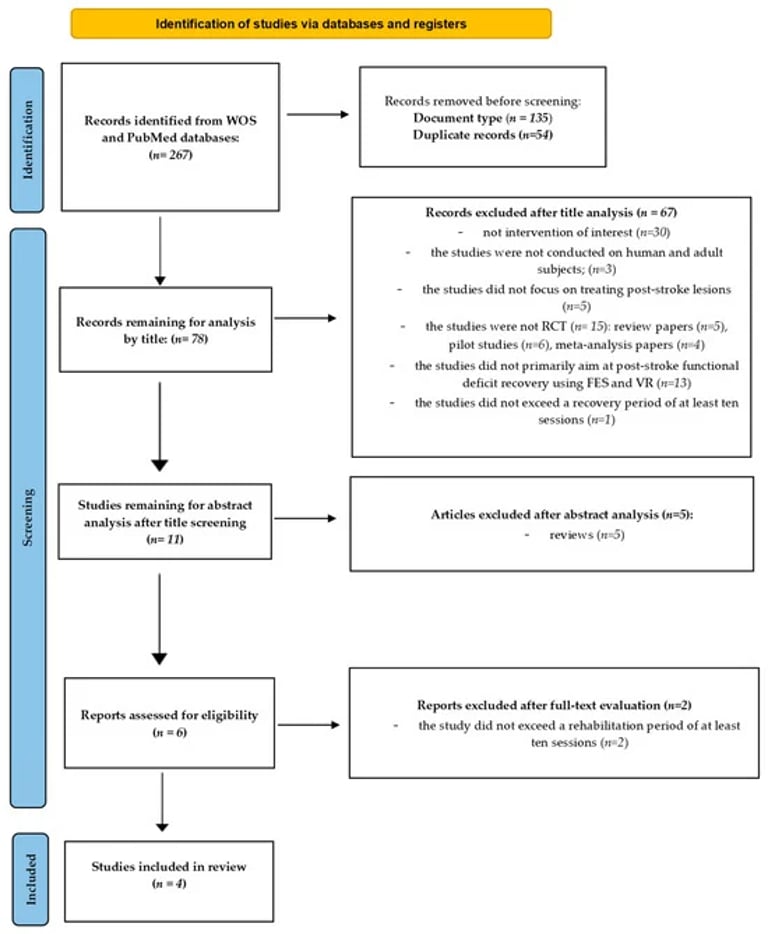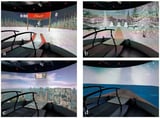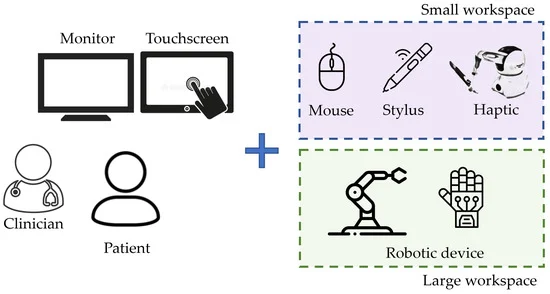New Study Highlights Breakthroughs in VR-Aided Rehabilitation for Spinal Cord Injuries
September 11, 2024
Spinal cord injuries are increasingly prevalent in South Korea, with approximately 2,500 new cases reported annually, underscoring the urgent need for effective post-discharge rehabilitation.
A recent study investigates the effectiveness of community-based exercise programs for individuals with spinal cord injury (SCI) after they leave the hospital.
The research introduces the SpinalFit program, which is a structured exercise intervention designed to enhance muscle strength, cardiopulmonary endurance, and mobility through aerobic and resistance training.
The review emphasizes the importance of patient stratification during enrollment to optimize rehabilitation resources for those who would benefit the most.
Virtual reality (VR) has shown promise in neurorehabilitation, enhancing motivation and engagement during therapy, particularly when combined with treadmill training.
Gait analysis conducted on subjects revealed varied patterns, with common features including increased stiffness and reduced ankle range of motion.
The authors stress the need for tailored rehabilitation strategies that cater specifically to the needs of severely impaired patients to enhance the clinical translation of technological interventions.
The study concludes that VR has significant potential to enhance SCI rehabilitation, but further research is needed to address existing challenges.
Limitations of the study include the non-generalizability of findings to other VR tasks and the necessity for further research on the effects of cognitive function and mood on performance.
Data were collected from 104 individuals over a 29-month period at the Spinal Cord Unit of Fondazione Santa Lucia in Rome, Italy.
The review aims to provide insights for improving patient inclusion criteria in future randomized controlled trials to better evaluate novel rehabilitation technologies.
Participants were recruited through the Italian Association of Rett Syndrome, with inclusion criteria including a RTT diagnosis and some ability to walk, while excluding those with severe cognitive impairments.
Summary based on 8 sources



